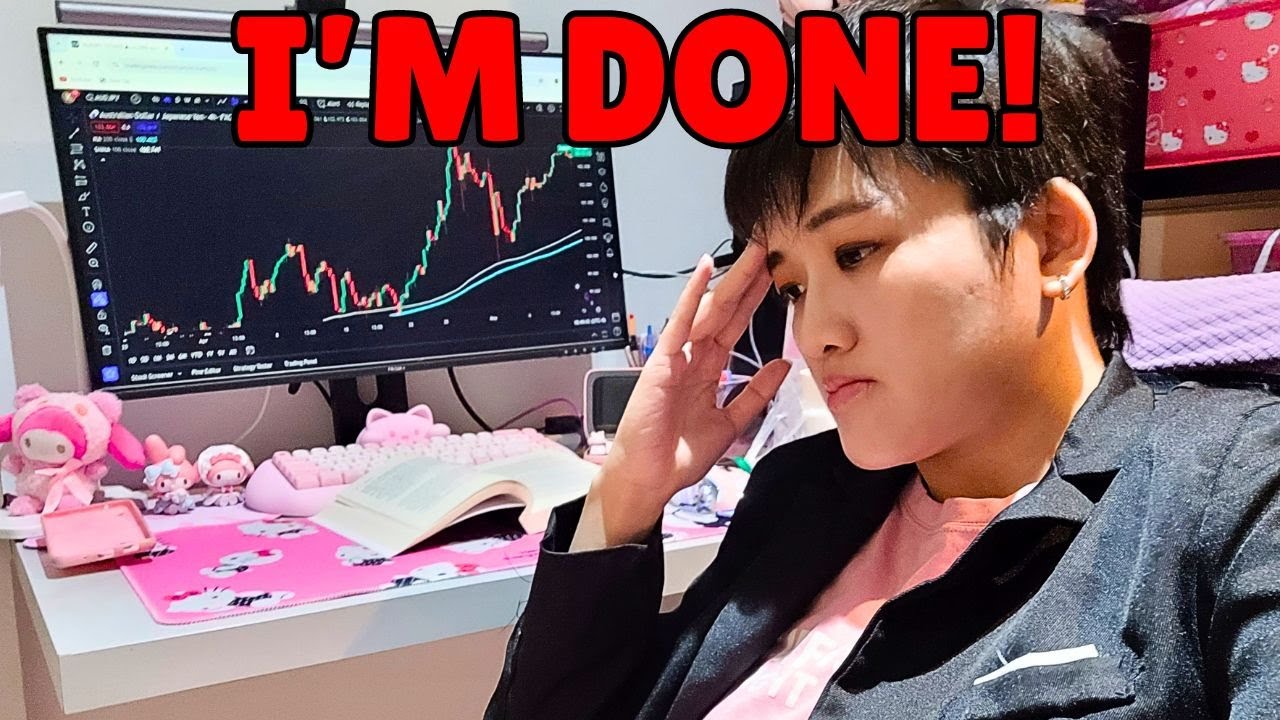How to Deal With Any Life Problem
Summary
TLDRIn the Resilience Course, the speaker addresses the inevitability of pain and hardship in life, emphasizing that life is a process of managing problems. The course aims to equip participants with strategies to deal with pain, grief, and loss, and to become more resilient. Two key metaphors are introduced: the Buddhist arrow, distinguishing between physical (Type 1) and psychological (Type 2) pain, and the muscle metaphor, illustrating the importance of a 'Goldilocks zone' of stress for mental health. The course focuses on managing Type 2 pain, which is controllable, and aims to strengthen mental resilience through regular life challenges, setting it apart from trauma-focused therapies.
Takeaways
- 🌟 Life is inherently filled with problems, and avoiding them is not a viable strategy.
- 🎯 The course aims to enhance resilience by teaching how to manage and upgrade from bad problems to better ones.
- 🏹 Two types of pain are identified: Type 1 (physical or unavoidable pain) and Type 2 (psychological or self-imposed pain).
- 🤔 The course will focus more on managing Type 2 pain, as it's more controllable and often more impactful on our well-being.
- 💪 Pain can be beneficial when it's within a 'Goldilocks zone', promoting mental strength and resilience.
- 🚫 Extreme pain or stress can lead to a breaking point, causing more harm than good, similar to overexertion leading to injury.
- 🏥 Trauma, likened to a 'broken back', requires specialized treatment and is beyond the scope of the course.
- 🧠 The way we perceive and narrate our experiences greatly influences the intensity of our psychological pain.
- 📝 The course encourages participants to identify and differentiate between Type 1 and Type 2 pains in their lives.
- 🔆 The goal is to transform overwhelming problems into manageable challenges, fostering personal growth and a sense of purpose.
Q & A
What is the main theme of the Resilience Course?
-The main theme of the Resilience Course is teaching strategies, techniques, and concepts to help individuals deal with various amounts of pain in their lives, including how to get through problems, grief, and loss, with a focus on becoming more resilient.
What are the two types of pain discussed in the course?
-The two types of pain discussed are Type 1 pain, which is the physical or actual pain experienced from an event, and Type 2 pain, which is the psychological pain that comes from the narratives and meanings we create around the initial painful event.
How does the course differentiate between Type 1 and Type 2 pain?
-Type 1 pain is described as the initial, inherent pain from an event, like the physical sensation of an arrow piercing the skin. Type 2 pain is the additional, self-created psychological pain that arises from our reactions and thoughts about the event, such as feelings of injustice or self-blame.
What is the purpose of using the metaphor of an arrow in the course?
-The metaphor of an arrow is used to illustrate the dual nature of pain: the immediate physical pain (Type 1) and the subsequent psychological pain (Type 2) that we impose on ourselves through our interpretations and reactions to the event.
What is the 'Goldilocks zone' of pain mentioned in the course?
-The 'Goldilocks zone' of pain refers to the optimal level of stress and discomfort that is healthy and beneficial for personal growth, as opposed to too little, which can lead to complacency, or too much, which can lead to breakdown and trauma.
How does the course suggest we should approach pain in our lives?
-The course suggests that instead of trying to eliminate pain entirely, we should aim to maintain a manageable level of stress and pain to promote resilience, personal growth, and a sense of meaning and purpose in life.
What is the role of Type 2 pain in the course's teachings?
-Type 2 pain is a significant focus of the course because it is the type of pain over which we have more control. The course aims to provide tools to manage and reduce the suffering caused by the narratives and meanings we attach to events.
Why does the course emphasize the importance of managing Type 2 pain?
-The course emphasizes managing Type 2 pain because it is often the more significant source of suffering in our lives and is something we can influence through changing our thoughts and perceptions, unlike Type 1 pain, which is more immediate and less controllable.
What is the course's stance on dealing with trauma?
-The course acknowledges that trauma is a complex issue that may require professional help and is not the primary focus of the course. While the concepts may be useful, it advises those experiencing trauma or PTSD to seek one-on-one professional support.
How does the course plan to help participants deal with their problems?
-The course plans to help participants by providing exercises and lessons that encourage self-reflection, identification of Type 1 and Type 2 pain in their lives, and the development of strategies to manage and reduce the impact of these pains.
Outlines

This section is available to paid users only. Please upgrade to access this part.
Upgrade NowMindmap

This section is available to paid users only. Please upgrade to access this part.
Upgrade NowKeywords

This section is available to paid users only. Please upgrade to access this part.
Upgrade NowHighlights

This section is available to paid users only. Please upgrade to access this part.
Upgrade NowTranscripts

This section is available to paid users only. Please upgrade to access this part.
Upgrade NowBrowse More Related Video

Don't Be Surprised by the Difficulties of the World [Hikam 24] | Mufti Abdur-Rahman ibn Yusuf

When A Person Suddenly Stop Giving You Importance It Means...| Life Lessons Quotes

If You’re About to QUIT Trading, Watch This...

Convierte al dolor en tu maestro. | Marco Antonio Regil | TEDxParqueLaLoma

Resilience In Hard Times

25 Things I Realized After I Turned 25
5.0 / 5 (0 votes)